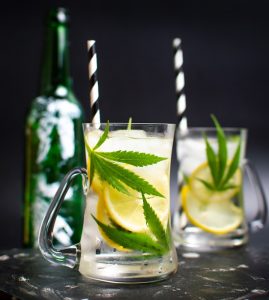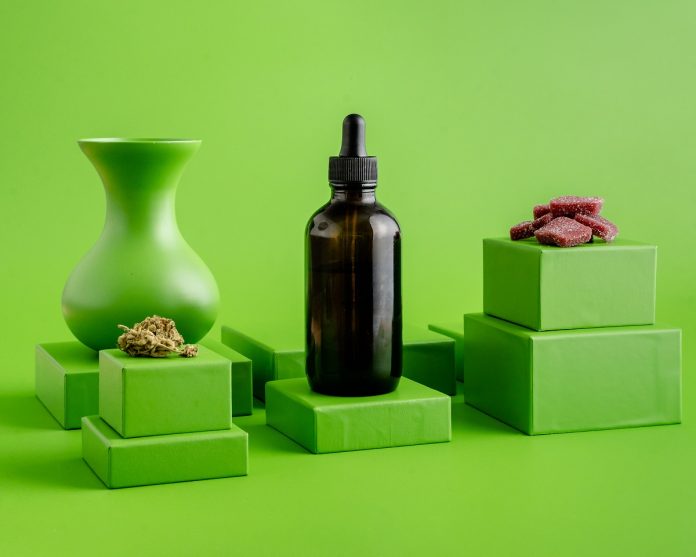Cannabis products today are dominated by high-THC smokables in flower, pre-roll, and vape forms. But the market is changing. In 2017, flower accounted for 50 percent of sales in the legal market. By 2022, that number is expected to drop to 36 percent, according to BDS Analytics. The reason: New users don’t want to smoke. More than 60 percent of those who have never tried cannabis say they’d prefer to ingest it some other way.
That means growing cannabis companies must focus on new delivery methods. Two forms that show the biggest promise are edibles and beverages. Research shows 55 percent of curious consumers are interested in food products, while 32 percent say they’d be willing to try infused beverages. Sales of these products are expected to reach $4.1 billion by 2022, according Arcview Market Research.
While edibles and drinkables are on the market today, getting to a place where these products are perfected for new customers—who may need to start with very small doses—will take further innovation. Companies are trying to find ways to guarantee consumers predictable, repeatable experiences, but the truth is such products don’t really exist now. Unpredictability is a significant barrier to entry for many people; brands that clear the hurdle will have a massive opportunity to reach new customers.

One potential solution is micro-dosing in the form of mints, tablets, and sublingual sprays. These can deliver two- to three-milligram doses instead of the more traditional five to ten milligrams, making them a better choice for new customers. These options also give all consumers an easy way to layer or “stack” their dose, so they can get as little or as much experience as they want.
The products are easy to use, and the effects are immediate—which is another key factor, as traditional edibles may take as long as two hours to take effect. That can be frustrating for new users, who run the risk of ingesting too much if they do not feel the effects right away.
A huge amount of work is being done to adjust how quickly cannabis is metabolized so we can better control how and when it acts. Expect a lot of innovation in this area during the coming years.
Beverages also are an important area of innovation, and we expect to see cannabis beverages move into mainstream social settings. A few hurdles must be cleared first, dosing and pricing among them. Getting micro-doses right will allow cannabis drinkers to “pace” alongside their beer- and wine-drinking friends. It also should allow manufacturers to lower the price so cannabis beverages can compete against the traditional six-pack. Then there’s simple logistics: Today’s cannabis supply chain isn’t set up for a scaled beverage market—one that requires transportation and retail backrooms to accommodate large-scale, bulky items and ample cooler space in dispensaries, among other things.
Cannabis-infused drinks can be sugar-, calorie-, and hangover-free, making them attractive to consumers. In fact, the global cannabis beverage market is projected to reach $4.57 billion by 2025, up from $1.31 billion in 2017.
Unfortunately, many common emulsion agents have a bitter edge, so there’s significant research and development going into making them taste better. In addition to searching for a way to remove bitterness, many companies also are chasing technology to make cannabis beverages more shelf stable. If this can be achieved, it will enable cannabis brands to create products that can substitute for alcohol, such as a six-pack type of beverage that gives consumers the same mellow buzz as beer or wine without the lingering effects of a hangover.
Despite these advances, the patchwork of state laws that govern legal cannabis (in the absence of federal policy) is hindering innovation. Regulations about everything from packaging to dosing to ingredients vary considerably from state to state, making it incredibly difficult to launch a national brand with the quality and consistency consumers expect from a product.
That means most companies must plan products state by state, which increases the complexity of product development, not to mention the costs to both the industry and consumers. But with legal cannabis a $19 billion market in 2019—and a projected $30.4 billion market by 2023—companies undoubtedly will continue looking for ways to entice new customers and provide an evolving array of products for legacy consumers’ changing needs.












